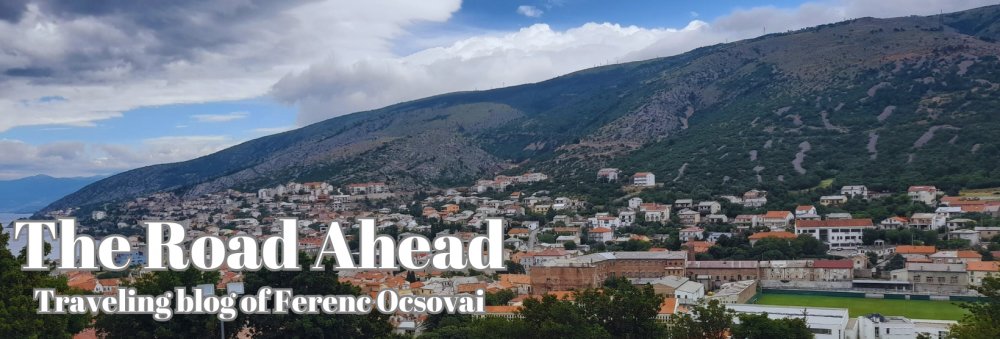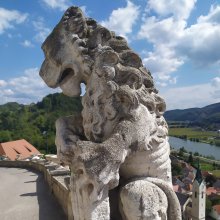
Probably most of us have a wish list or ‘bucket list’ with the places we would like to visit while going to a new city or country. Some people try to use the given time in order to visit the most popular and recommended destinations. However, others have their own, special dreams that sometimes have nothing to do with mainstream tourism.
There are travellers though, who prefer to choose both famous and underground items for their lists, supported by their own discoveries and experiences. In general, I consider myself to belong to such eclectic and spontaneous vagabonds, although I could not skip some very well-known classics besides my original ideas during my last trips.
My staying in Slovenia, as incredible as it looked like, was slowly going to come to an end. Therefore, I was trying my best to do some research and start a virtual journey on the map of the country to check what else I had on my Slovenian dream list left.
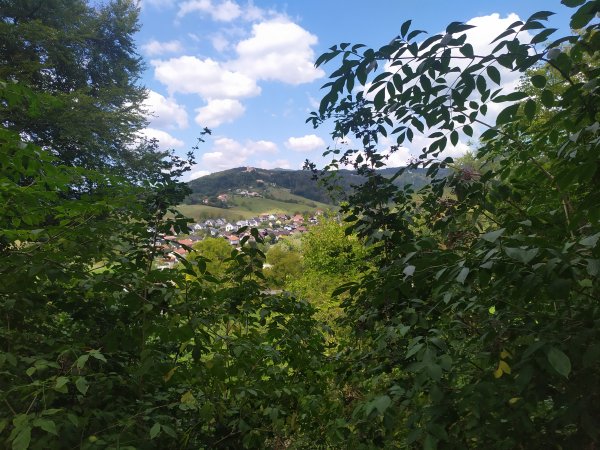
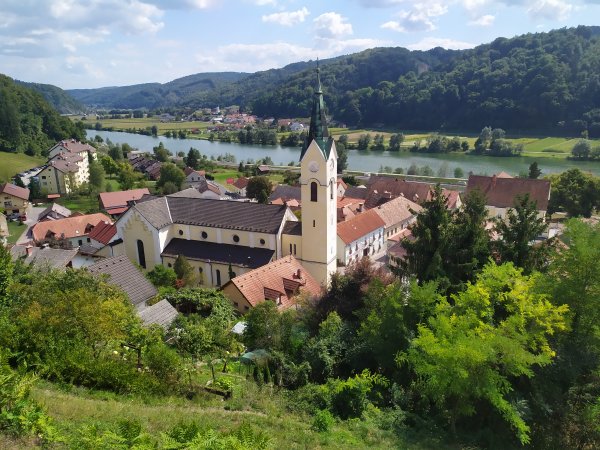
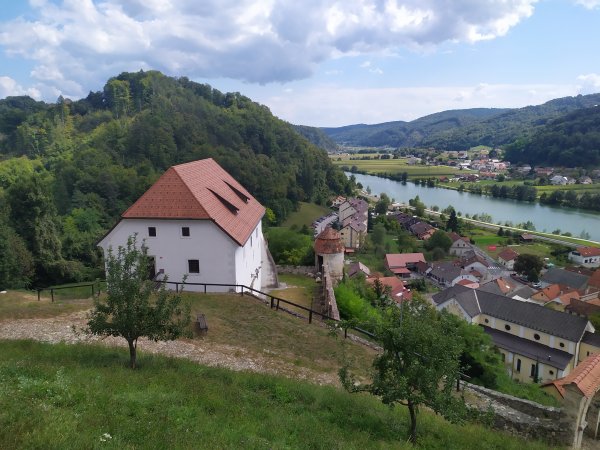
Taking into account that Slovenia is quite a small land, I had realized that it could be the first chance for me to visit all the most important sights and locations of a country, which was obviously impossible in the case of Italy, Greece, Czech Republic or Poland.
One should remember that there is no culture and country in the world that they can explore completely, because there is always something new, hidden from the crowd. You can guess: of course, first of all, I was looking for such hidden surprises on my final Slovenian menu.
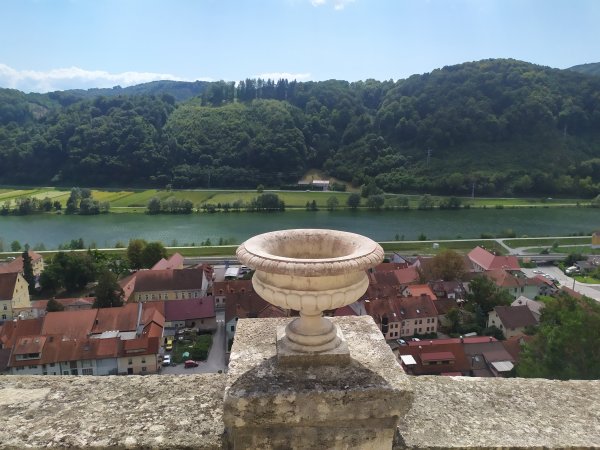
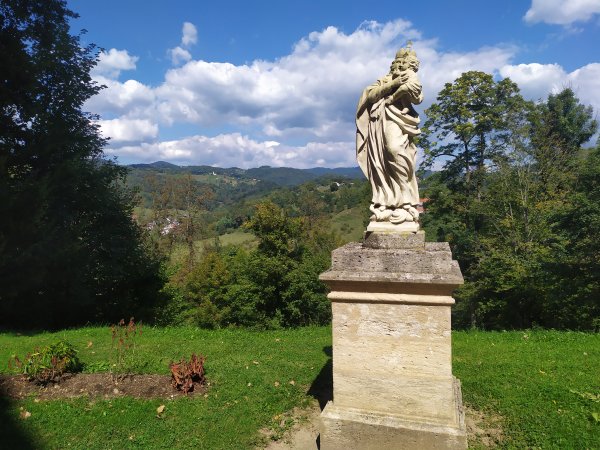
Nevertheless, I made an experiment to finish this personal check-list, and that is how I also found places like the small, but extremely genuine and gorgeous town of Sevnica in the South-West woods of Slovenia, in the valley of river Sava (in Hungarian: Száva).
The place, which is called Lichtenwald in German has many, as its name suggests, beautiful forests all around, while it is also known in nowadays’ pop culture due to the fact that super model and former American first lady Melania Trump was raised in the town. Fortunately, compared to the charming sights and vibes of Sevnica this information is only a tiny fun fact. By the way, her birth place, Novo Mesto, that I could not visit in the end, is also a fascinating place according to some locals.
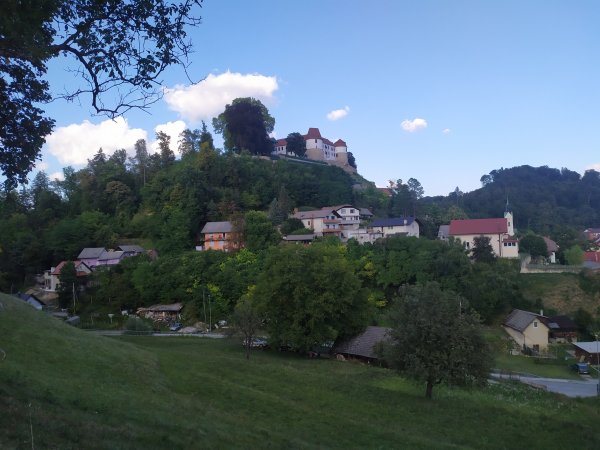
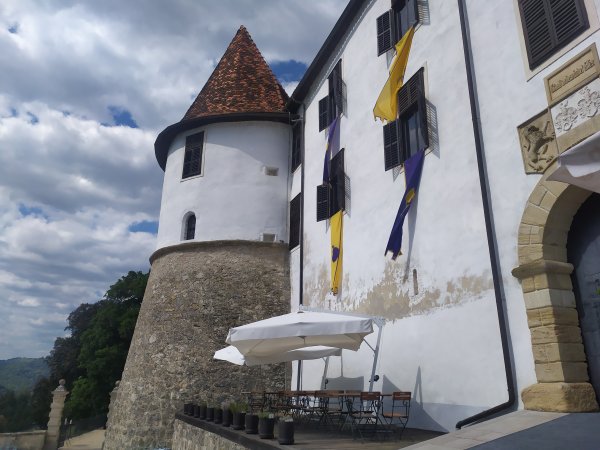
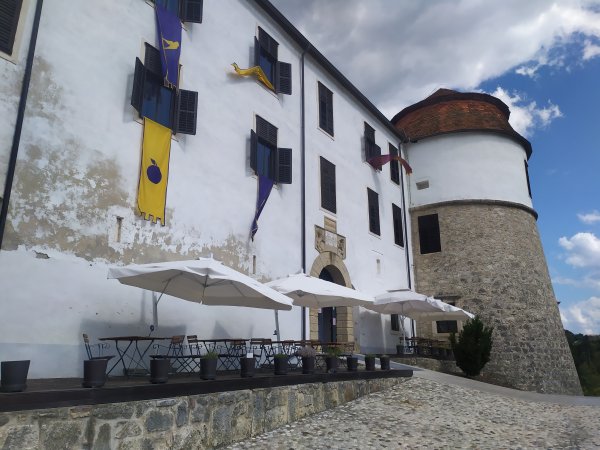
We are going to start our trip in Sevnica at the modern, 20th century part of the town, where the inevitable black locomotive of Slovenian railway stations and a marvelous monument column will greet us.
However, the world of coffee and candy shops is only the surface, and by following the shining foams of the river, one can easily get into the historical old town, where the silhouette of the iconic Sevnica castle will show up on the left with all of its majesty.
It takes some time to go around the hill and get to the top, but it is really worth it; particularly because of the gardens, vineyards, fields and woods one can notice in the way, until the rounded corner turrets and white walls of this wonderful fortification will become utterly visible.

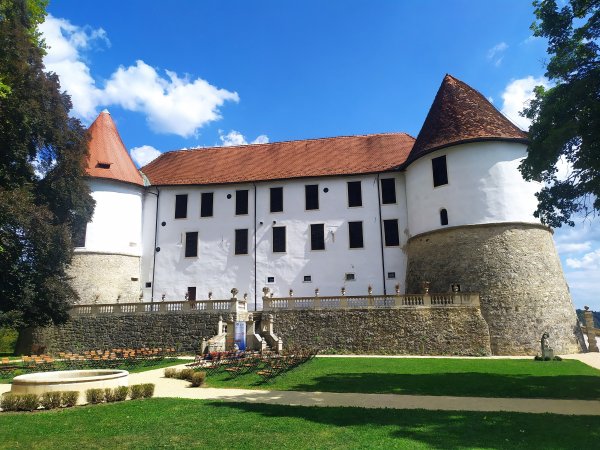
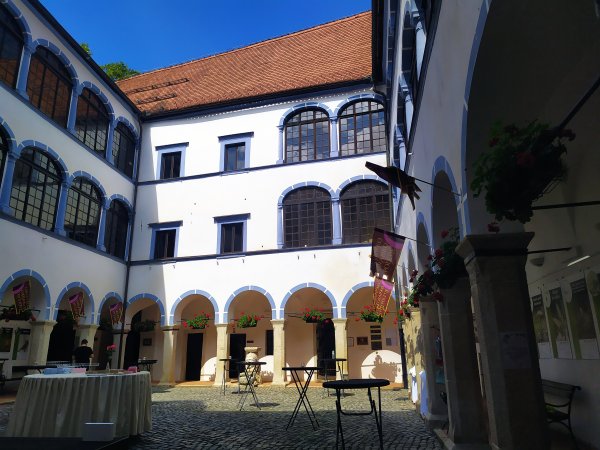
The style of the castle, as it is very common in Slovenia, resembles the most enchanting fairy tales, and the building is just such an architectural miracle as its fellows from Velenje, Laško or Ptuj.
While walking around the castle, one will admire the phenomenal view of the dark blue tape of river Sava with all the woody mountains around, and, at the same time, the fancy and lovely town houses and streets of the old historical centre will also draw the visitor’s attention.
If you stand beside the walls of the terrace, close to its proudly-guarding stone lions and elegant vases, and then, if you look down, you will feel both the spirit of mythical Slavic forests and the sounds of the Mediterranean world in this genius composition of natural and human opera.
Additionally, the inside yard of the castle and the garden give you the impression that you are either an ancient Roman aristocrat in your Pannonian villa or a medieval German or Italian nobleman watching their lands and properties.
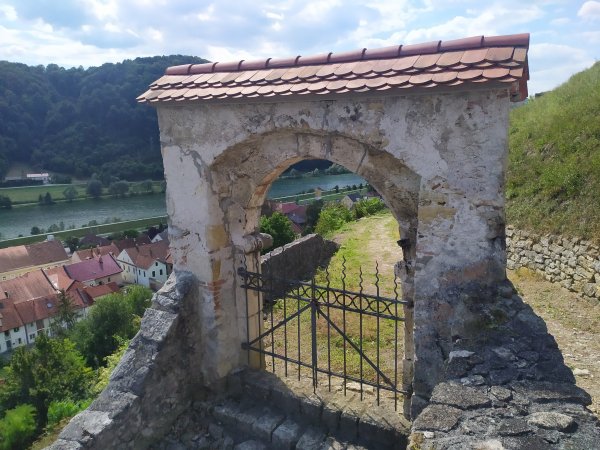
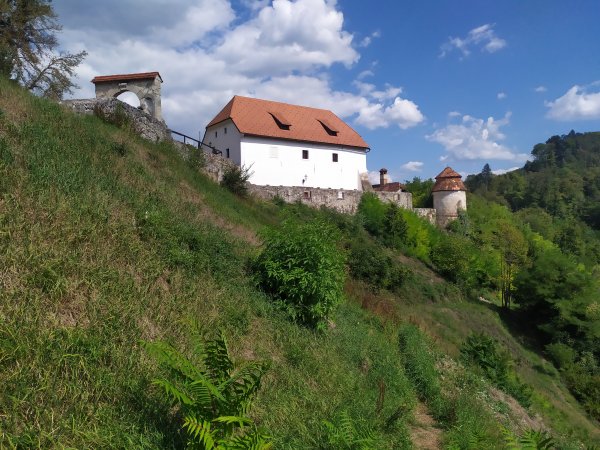
After saying goodbye to the castle hill and descending to the old town, we can hang around a little bit and explore the peaceful church of sveti Nikolaj (Saint Nicholas) or the abandoned clerical building of sveti Florjan (Saint Florian), which character has a huge cult all around the country.
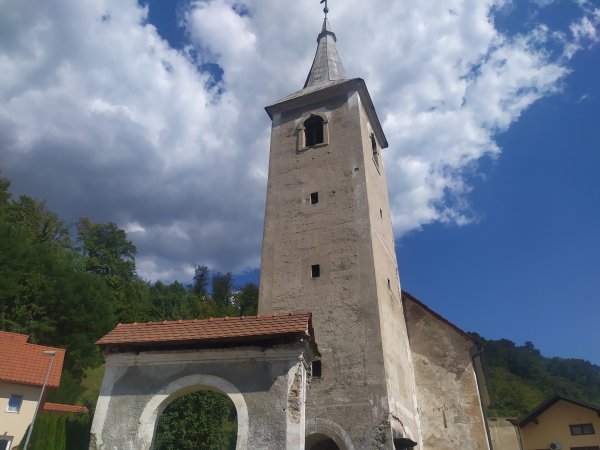
If you have arrived by car or bike, it is also possible to go to Ajdovski Gradec, which means the ruins of another castle from the late Roman period, which was already a Christian and medieval settlement rather than ancient. Unfortunately, it is not so easy to reach it on foot.
The mount of Lisca and some other interesting spots in the nature are also approachable by vehicles and can be found nearby as well in this surely unforgettable town. Maybe it takes some hours to get there by public transportation, but just take your time, you will not regret it for sure.
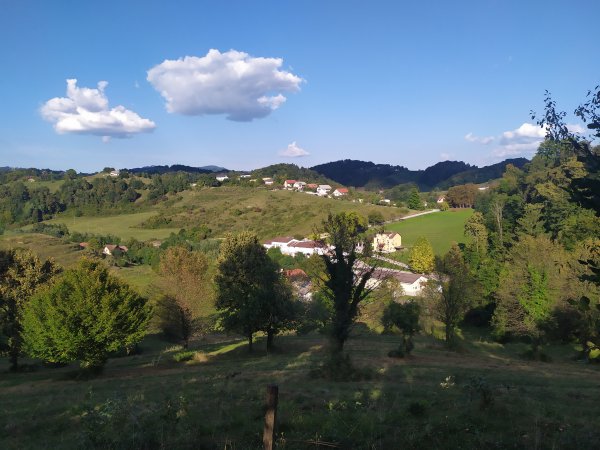
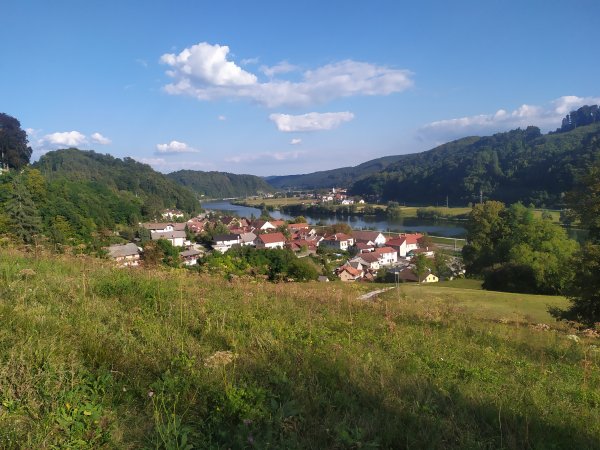
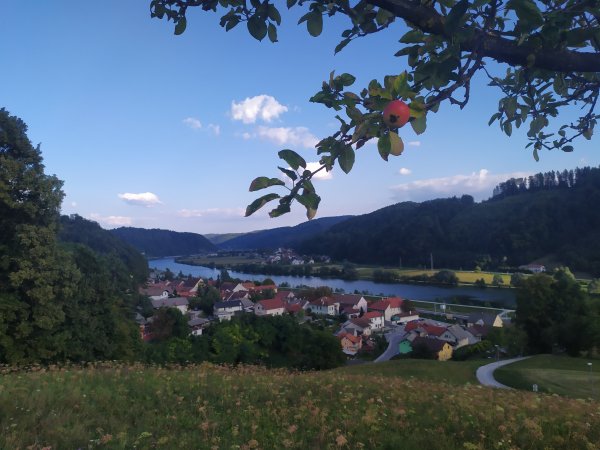
The next station will most probably sound much more familiar to many of us who have heard about Slovenia: it is Bled, one of the most popular destinations for everyone who comes to the country, and if one has the chance to see it even for a couple of hours, they will understand why that happens.
The little town that lies in North-Slovenia among the Julian Alps used to be the number one holiday destination of Josip Broz Tito and then many other Yugoslav leaders because of its natural beauties, first of all the Bled Lake (Blejsko Jezero).
The lake is not the deepest (it’s in Velenje) and not the biggest (it’s in Bohinj), one of Slovenia, yet it is considered as the most amazing one among them. Although it is so small that it has the half size of the Öreg-tó (Old Lake) in my frequently mentioned high school city, Tata, it indeed looks like a drop of ocean surrounded by mountains.
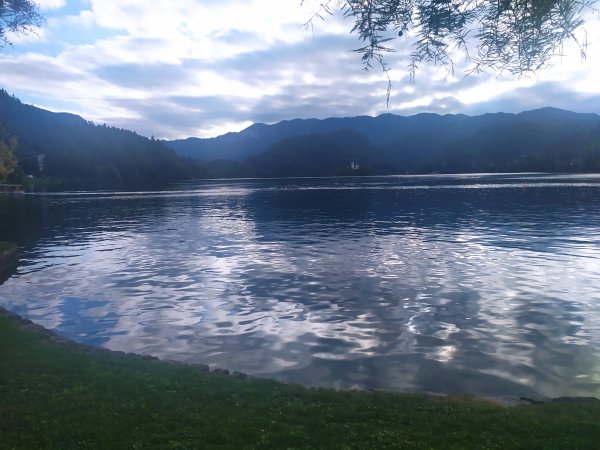
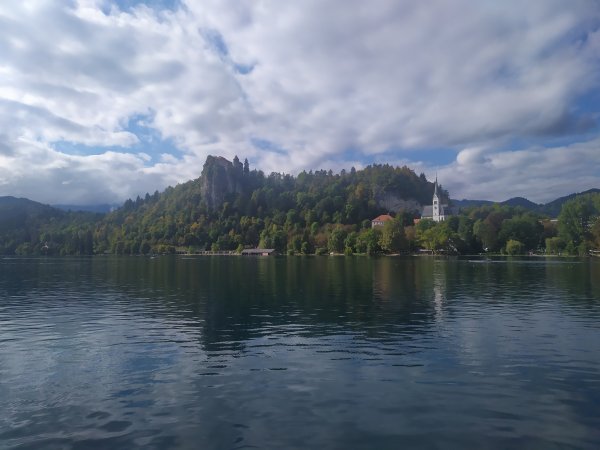
Nowadays the lake and its area are so popular that the whole town is full of hotels, bars and casinos, and one must admit that they destroy the intact atmosphere of the place a little bit, just as the crowded walkways at the shore and the overpriced services and products like the famous and really delicious local sweet, kremšnita (or krémes in Hungarian).
However, some things still have not changed, and the surrounding hills, the gentle, mysterious waves of the lake and the spiritual, harmonic aura of its island (Blejski otok) try to carry the torch fire of the original Bled. Besides the church of the island we can also visit the one in the small, but authentic old town, while admiring the scary and fascinating rock ledge above the square.
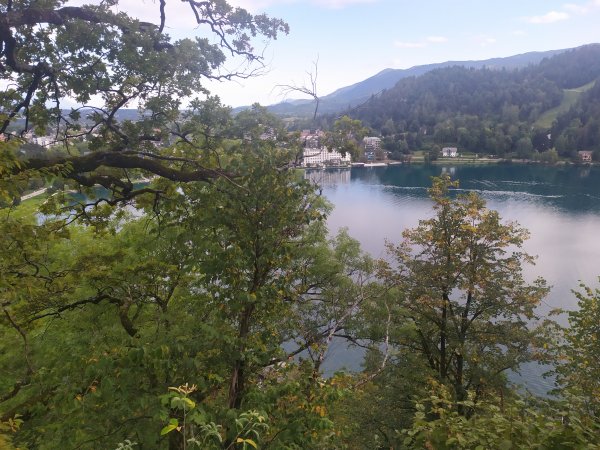
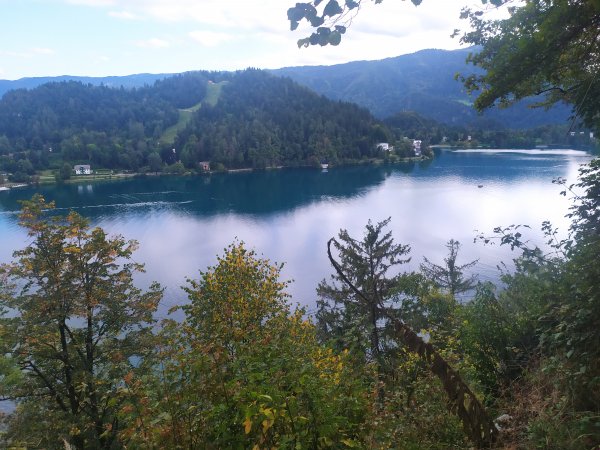
The real gem of the centre apart from the lake though is the castle of Bled (Blejski grad), which sits on the top of a huge and long cliff, just as if that spot had been created by nature to host a fortress there someday.
Although I did not manage to enter the building, which is officially the oldest of its kind in Slovenia, I have to say that it is a masterpiece on its own even without considering its location - even if it did not become my personal favourite.
The greatest experience, however, is not the castle itself, but rather the panorama: if you look towards the lake, you can see not just the people with their hustle and bustle everywhere, but a picturesque view on the lake and its incredible environment.
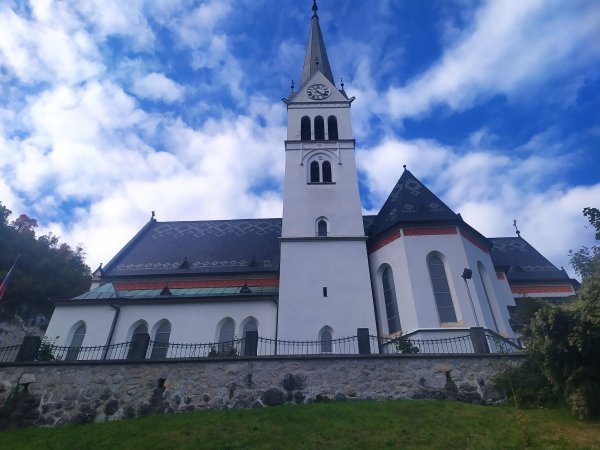
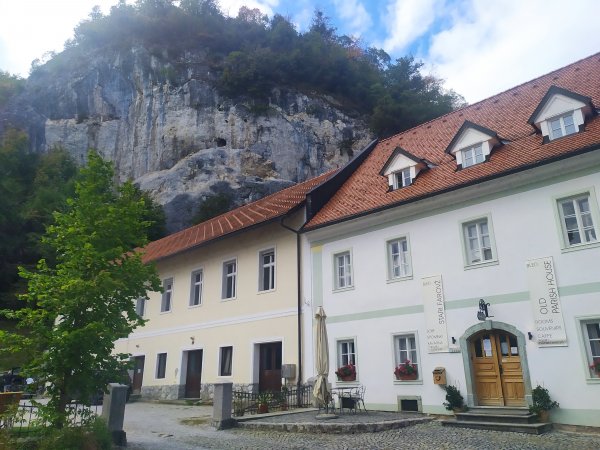
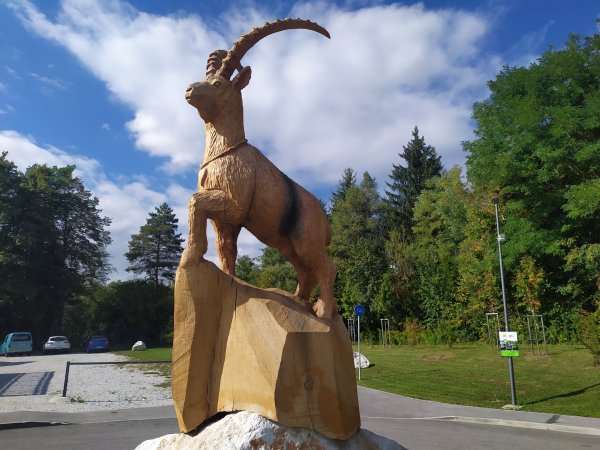
The best sight though faces the snowy peaks of the Alps, where one can observe extraordinary curves in the distance with many forests and rocks, while they can see the top of the mountains, covered by clouds and their own shadow on the slopes.
Most probably one of these peaks were the legendary Triglav, the highest point of Slovenia, but the whole group of enormous, grey rocky giants was just magnetizing to me.
The tiny houses and villages at the feet of the Alps had the size of some ants, while I had the feeling that the mountains covering the horizon like a wall standing at the edge of the world for an eternity, and there is an empire of supernatural beings on the other side.
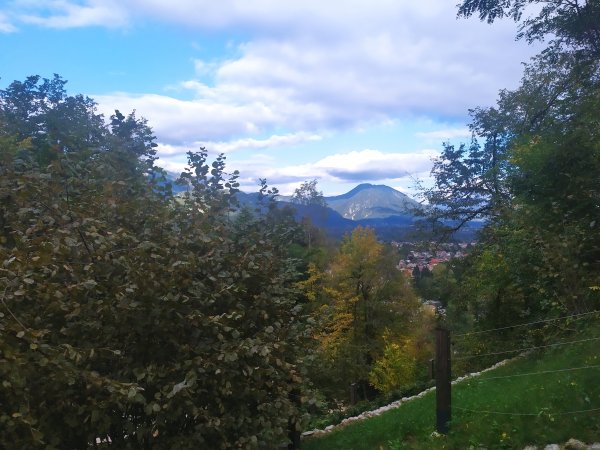
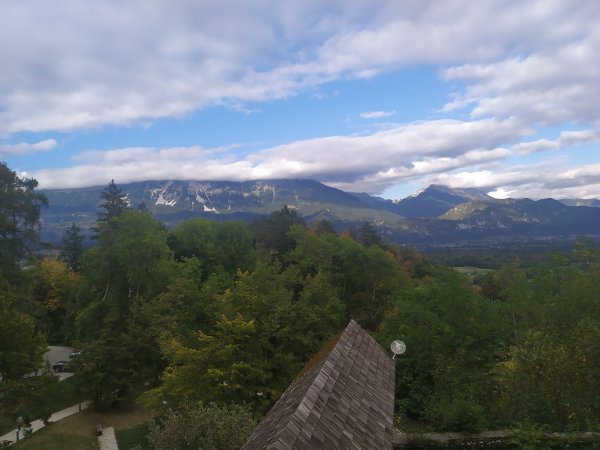
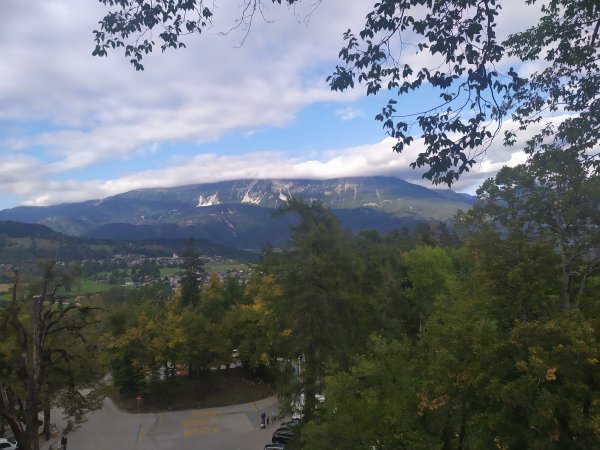
Seeing the typical and genuine Alpine landscape was not only an exclusive speciality of Bled, but there are many further places in the region of Gorenjska sharing this richness.
If you take a bus to Bled, do not hesitate to add another destination which is on your way: it’s Škofja Loka (or Scofioloco in Italian), which is considered as the most beautiful and intact town of Slovenia.
Although it is not as popular as Bled among the tourists, it also has many benefits, because the place, which is often referred to as the city of monuments, is an isle of history in the middle of the highlands.
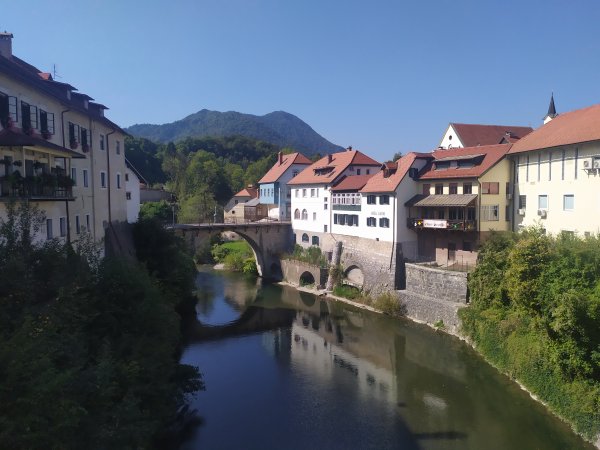
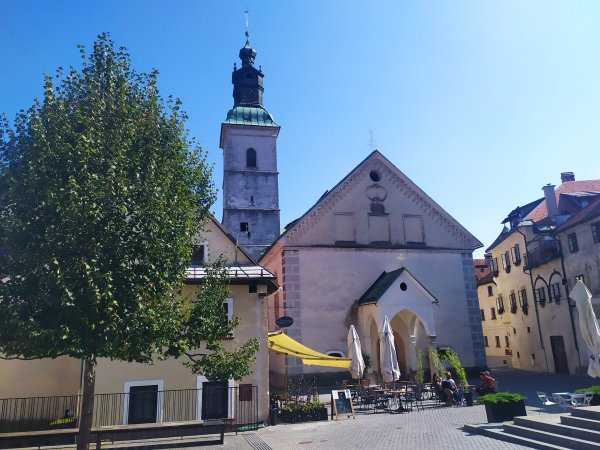
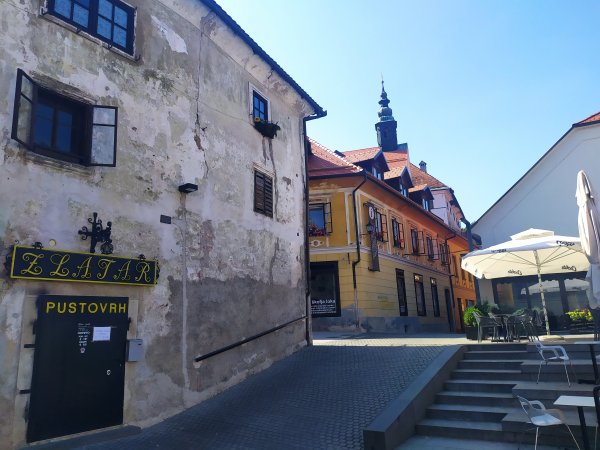
When you approach Škofja Loka from the modern suburbs, try to cross one of the authentic and charming bridges bending over the small river of Selška Sora: the best is most probably the Capuchin Bridge, or the one that leads to Cankarjev square, where you will also find the main church with the most beautiful interior in the country.
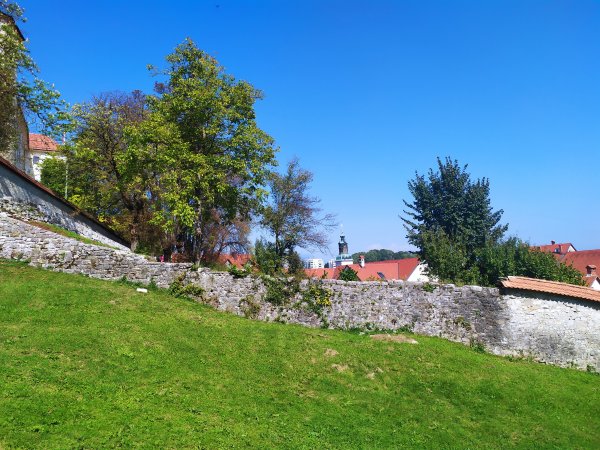
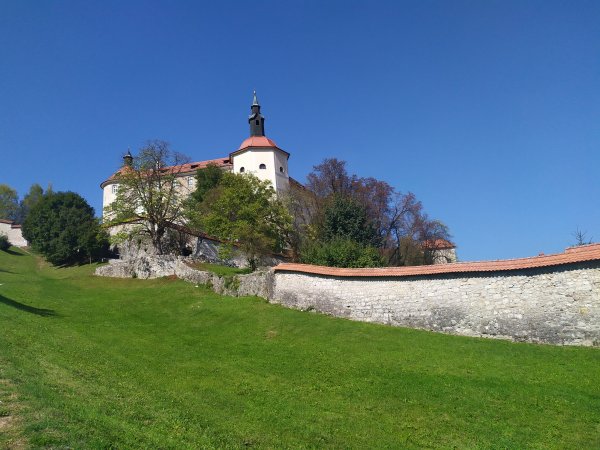
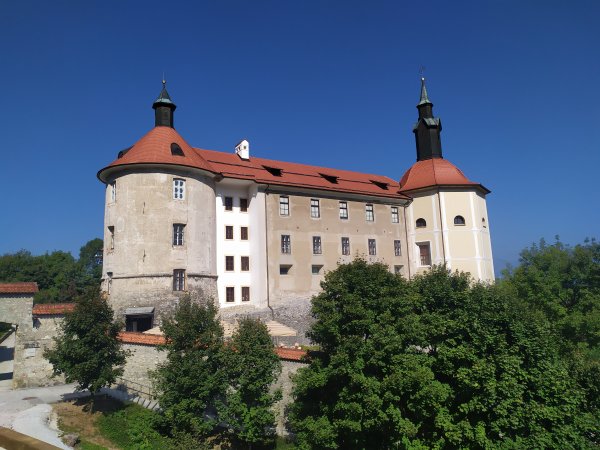
The town with its roofs and towers standing high above the riverbed and supported by stone thresholds looks like a little Bavarian, Dutch or Norwegian town, while the city centre rather resembles Italy, Croatia and Spain.
There are a lot of interesting and glamourous town houses and palaces in this labyrinth of stairs, bridges and cobblestones, while the flowers, painted decorations and other ornaments made everything cheerful and happily-inviting.
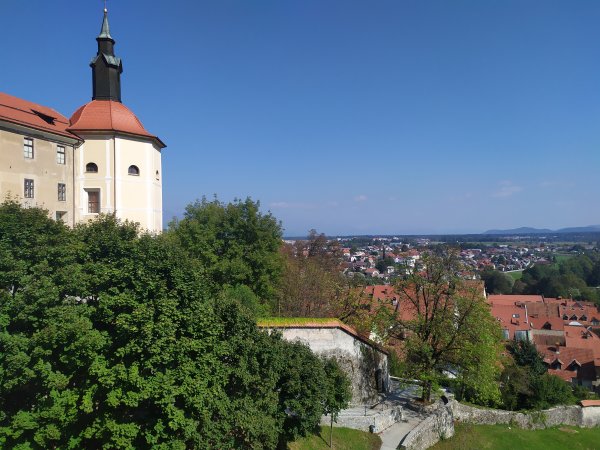
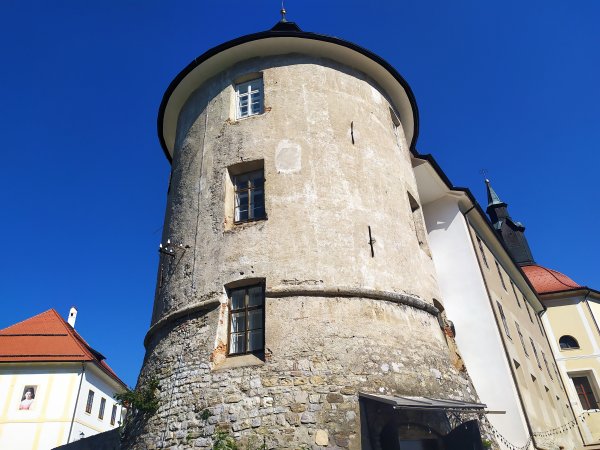
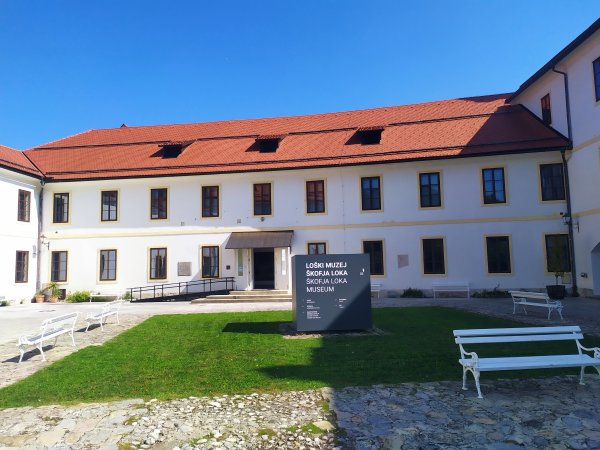
The most epic journey within the old town is taking the path on the slope of the hill and going to the castle (Škofjeloški grad), which is not just an elegant mansion worthy to its other ‘siblings’ in Slovenia, but provides a wonderful perspective to the deep forests and greenish pastures, that also explains why the name of the town originally means ‘bishop’s field’.
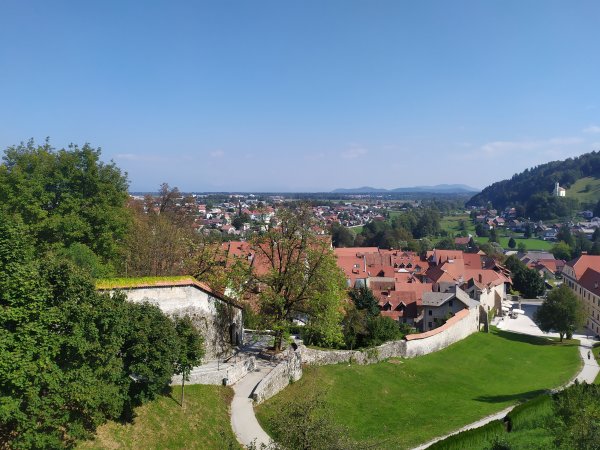
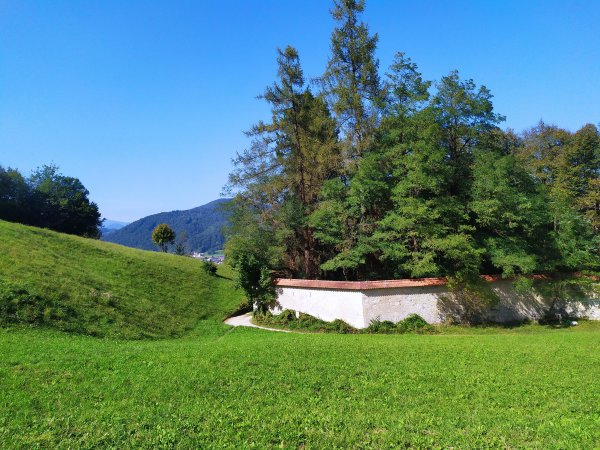
If you keep on walking behind the castle’s garden and enjoy the late summer sunshine with some chilly breeze, you will soon end up in endless trails leading to the woods and also admiring the fantastic cones of the neighbouring hills.
Pay attention to the distance as well, because if you watch the horizon closely enough, you will slowly begin to see the lines of the faraway Alpine mounts appearing from the pure blue air of the sky.
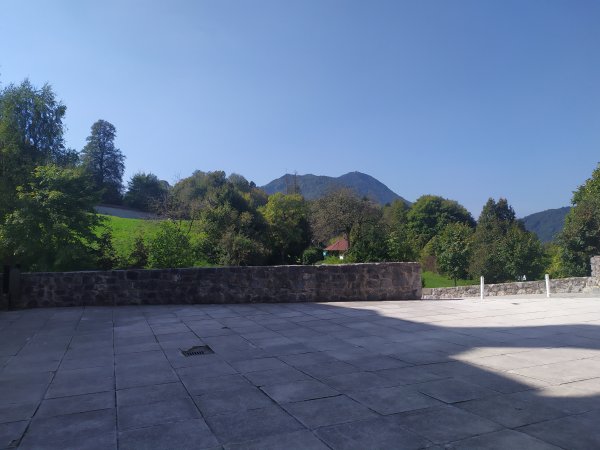
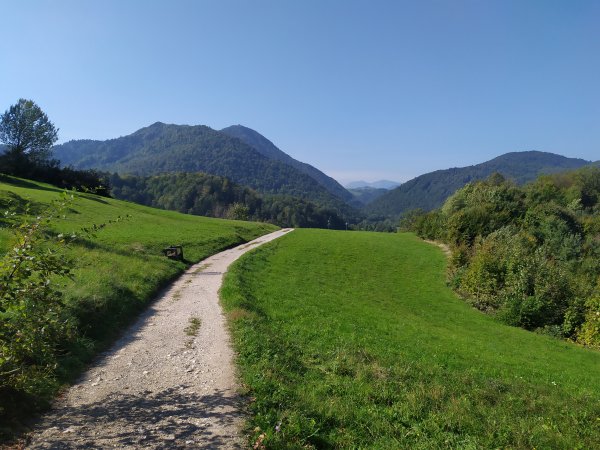
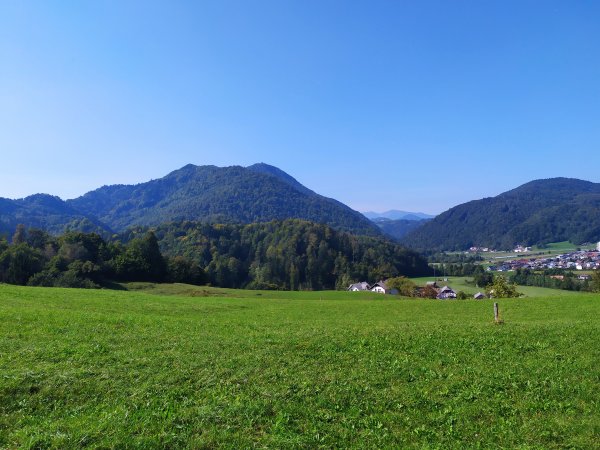
Try to go to the next village, Puštal and climb upon the local Calvary hill, where, apart from the beautiful Stations of the Cross, you can also experience a wondereful picture by looking back to the valley of Škofja Loka. Saying farewell to this place is not that easy, but we have to continue our journey by crossing the capital.
Although we have already got some inspirations and ideas about Ljubljana before, the discoveries are far from finished there yet: even if you just cross the city and have an additional couple of hours, you can bump into brand new miracles apart from the city centre.
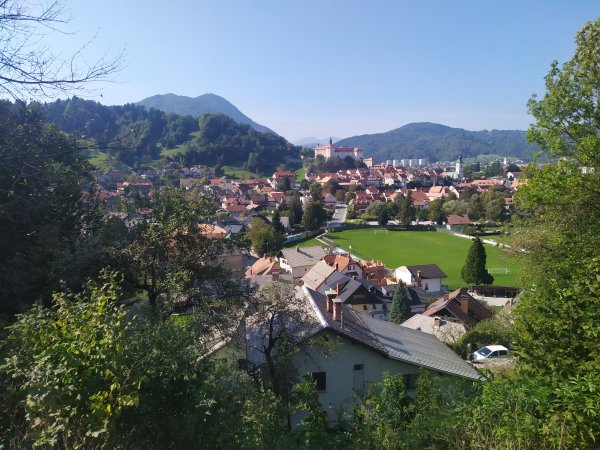
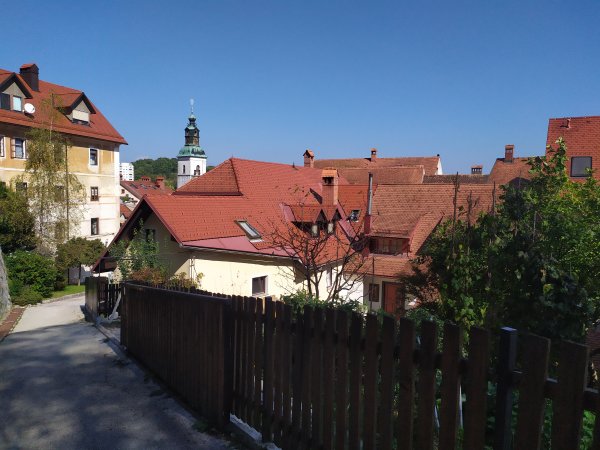
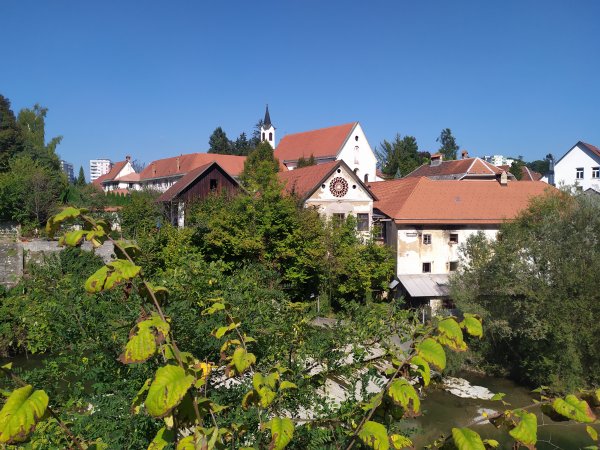
One of them is the ancient city walls of Emona, the Roman predecessor of today’s Slovenian capital, which have some town gates left or some others are partly reconstructed: the most important of them is the one with the shape of a pyramid.
At the same time, there is a romantic park beside the walls, where the fine composition of some wonderful plants is supported by ancient pieces and ruins.
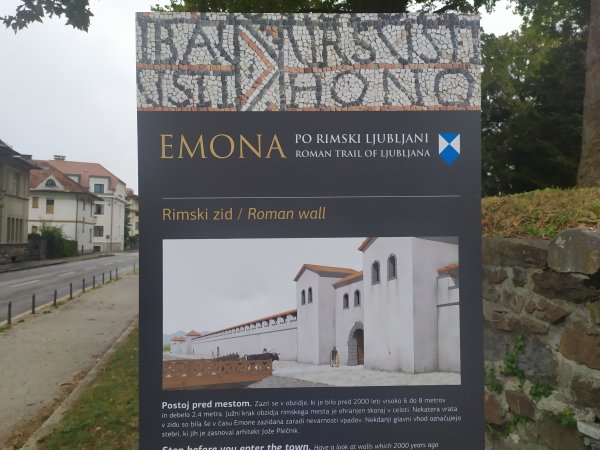
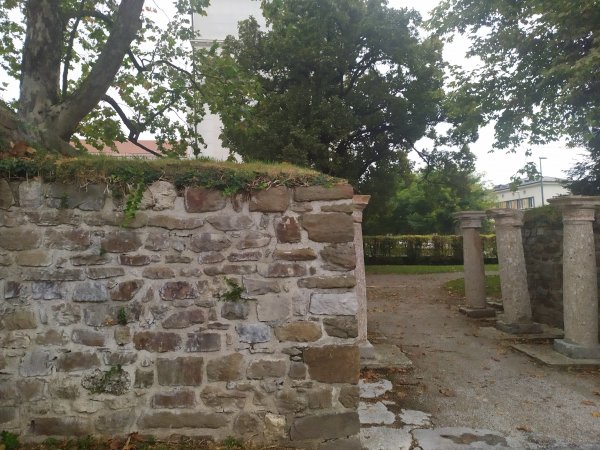
Podravska, my home region around Maribor also kept some last surprises for me, like the village of Pragersko, that I knew before only as a junction point for local and international railways.
However, it turned out that the place is also famous and important due to its diverse vegetation, which can be found firstly around the lakes of Pragersko, that are used for fishing, boating and so on, but many people have open air parties and gatherings on the shores as well.
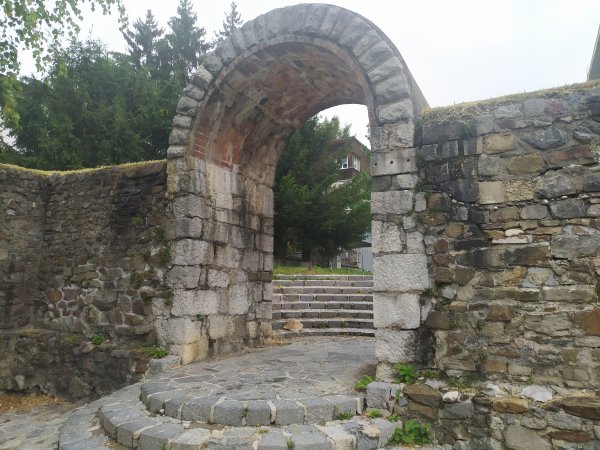
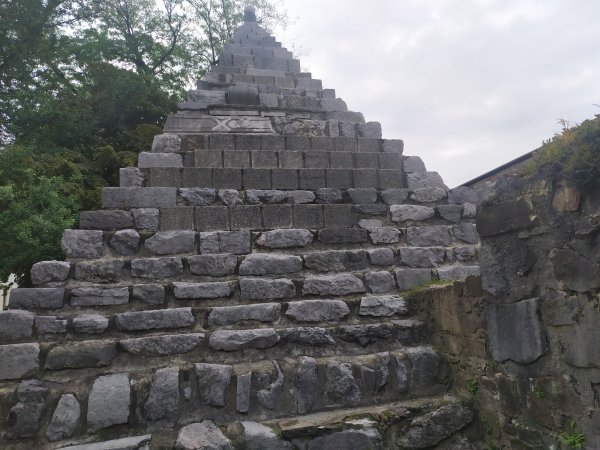
The waterlands of the lakes with reeds, pines, ferns and plane trees reminded me of the fact that once upon a time the Great Plain of Hungary (Alföld) used to be a similar hidden and mystical land with many swamp forests and animals - most probably something very similar to what is left near this village.
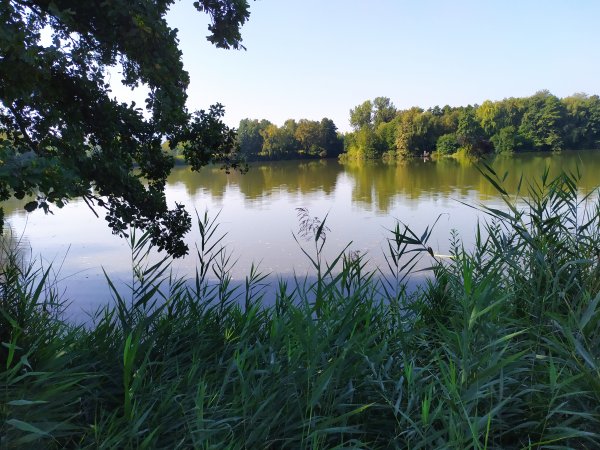
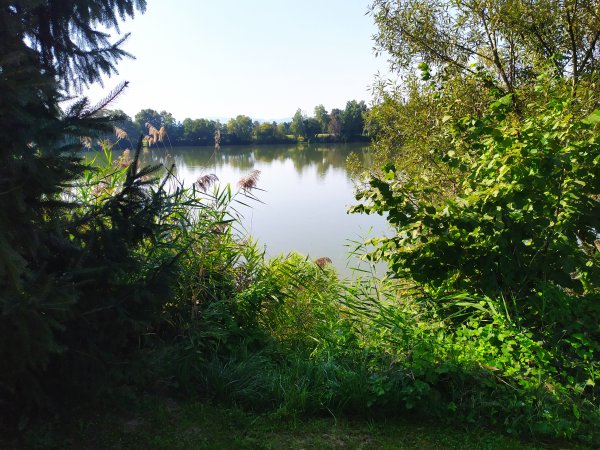
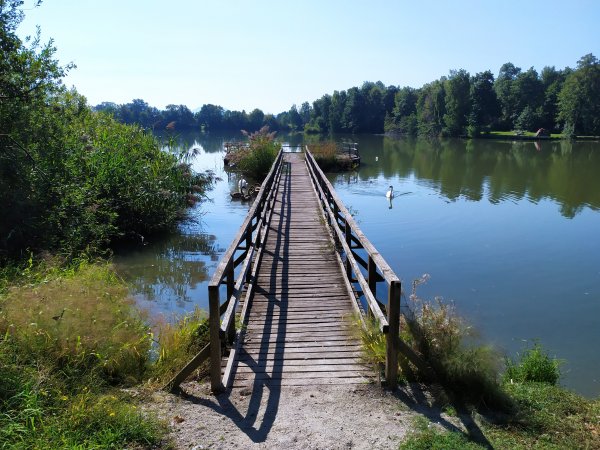
In geographical terms, this territory is also part of the Pannonian Plain, which is often called in Hungarian as puszta: a special word in Hungarian for desert.
It was extremely special to see in Slovenia how this entire place might have looked before people had changed the surface of it in present day's Hungary - especially in the region between rivers Danube and Tisa (Tisza), that not even the legions of the Roman Empire could conquer.
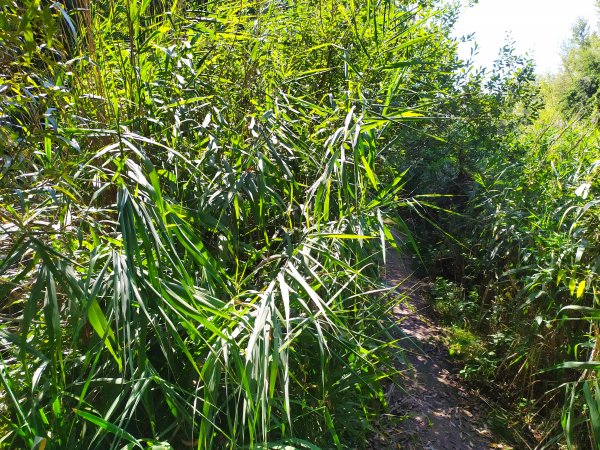
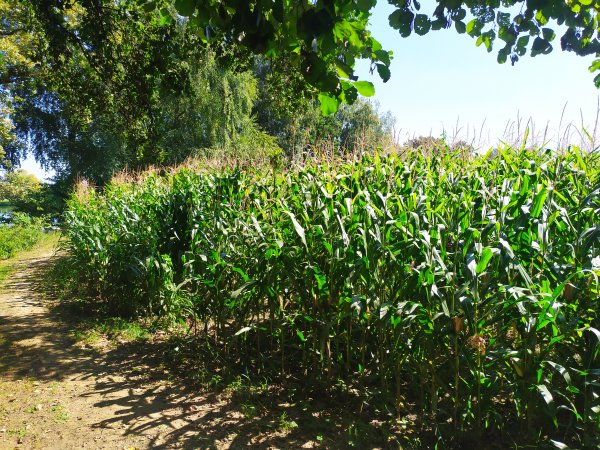
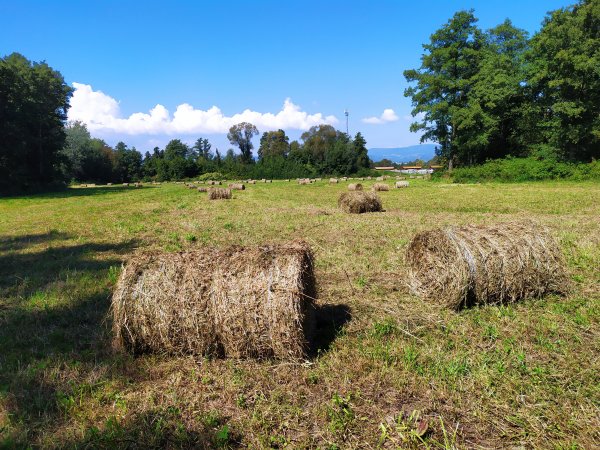
This unique environment, being both ancient and new, green and blue, dry and wet, Slovenian and Hungarian equally was also a transition for me between past and future.
The corn- and wheat fields around Pragersko were one of the first welcomes I could experience after my arrival, and now, after mountains and seas, rivers and lakes, forests and wastelands, hills, caves and lowlands, towns and villages, I felt that I had got to a final moment of my journey.
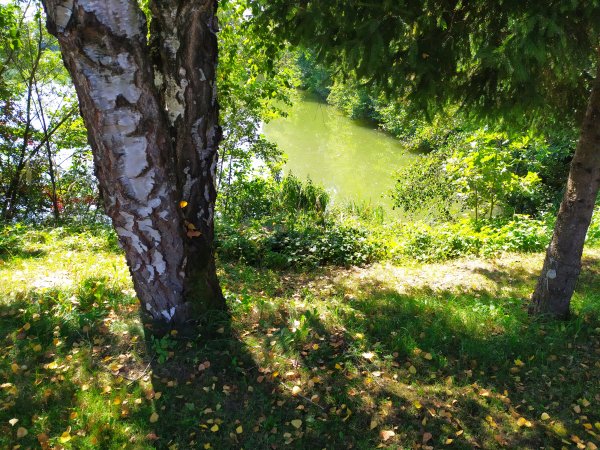
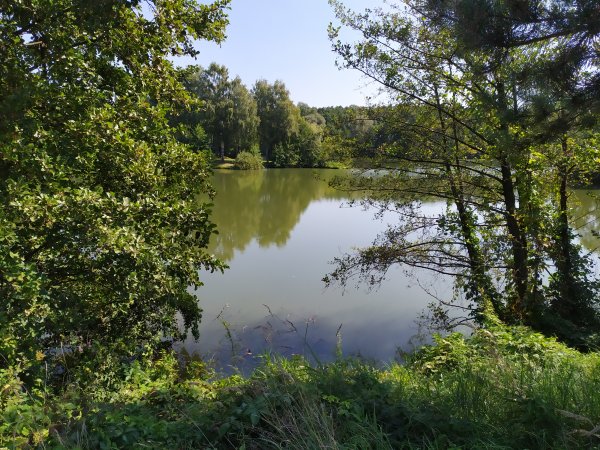

Well, at least this journey.
While I was on the rooftop above my flat back in Maribor for the last time, just two days before I left, under the stars of the carbon black sky, with Piramida, Drave, Pohorje and dozens of wonderful church towers all around me, I realized that it was sadly the time to close a chapter of my book, and excitedly start another one - most likely in Poland again.
